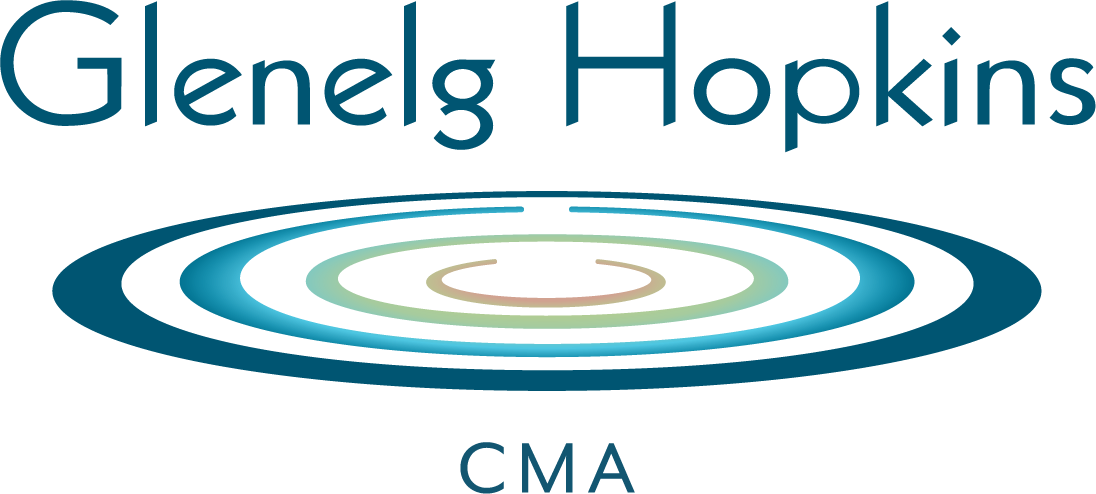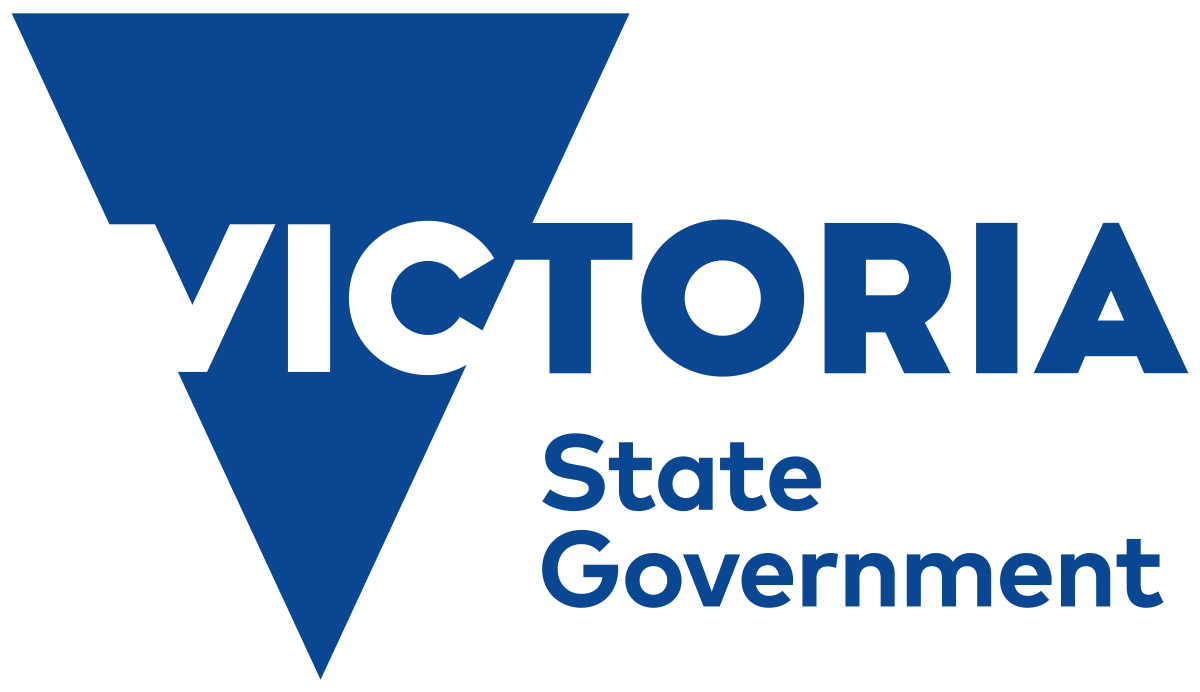Glenelg Estuary and Discovery Bay – Glenelg Ramsar
The Glenelg Estuary and Discovery Bay is Victoria and Australia’s newest Ramsar site – Glenelg Ramsar – and was gazetted as a Wetland of International Significance in August 2018.
A Ramsar listing provides additional protection for highly significant wetland values, raises the national and international profile of these wetland values and increases the level of management and funding support for this area.
The Ramsar site includes the majority of Lower Glenelg National Park and Discovery Bay Coastal Park.
What happens in the Glenelg Ramsar area?
The Glenelg Estuary Discovery Bay Ramsar area is a diverse landscape which allows a number of our CMA projects cross over within its boundaries.
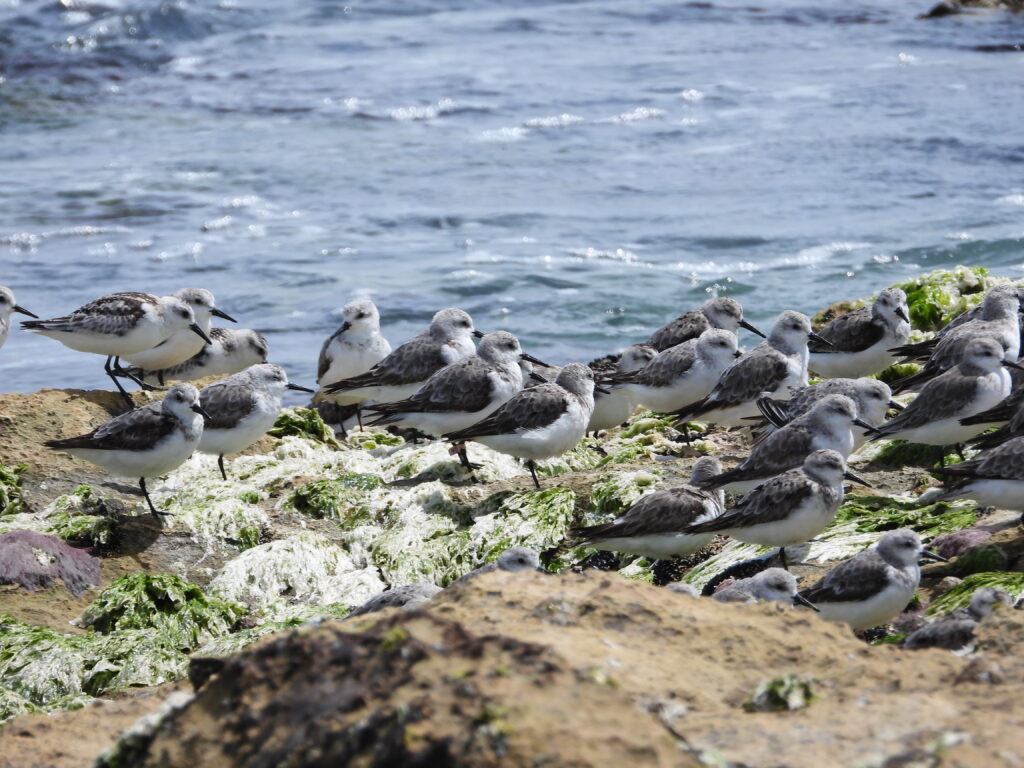
The Discovery Bay Sanderling Tracking Project began in 2020.
This project is a community-initiated project to identify the habits of the Sanderling birds who arrive on the southern shores of Australia each Summer and focusses on the Discovery Bay area of south-west Victoria, and the beaches of south-east South Australia.
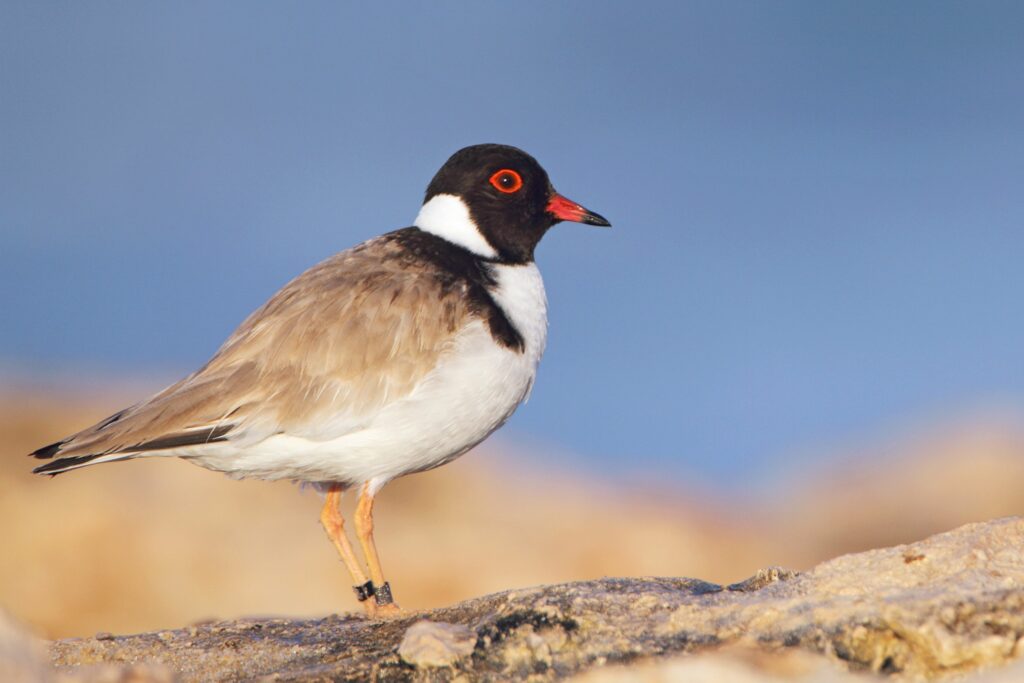
What is the Hooded Plover?
This super cute little beach bird is at risk in its natural habitat thanks to some people not respecting its nesting sites. As such, a number of projects have begun to educate people about the Hooded Plover and how simple things, like keeping your dog on a lead at the beach, can help protect it during nesting season.
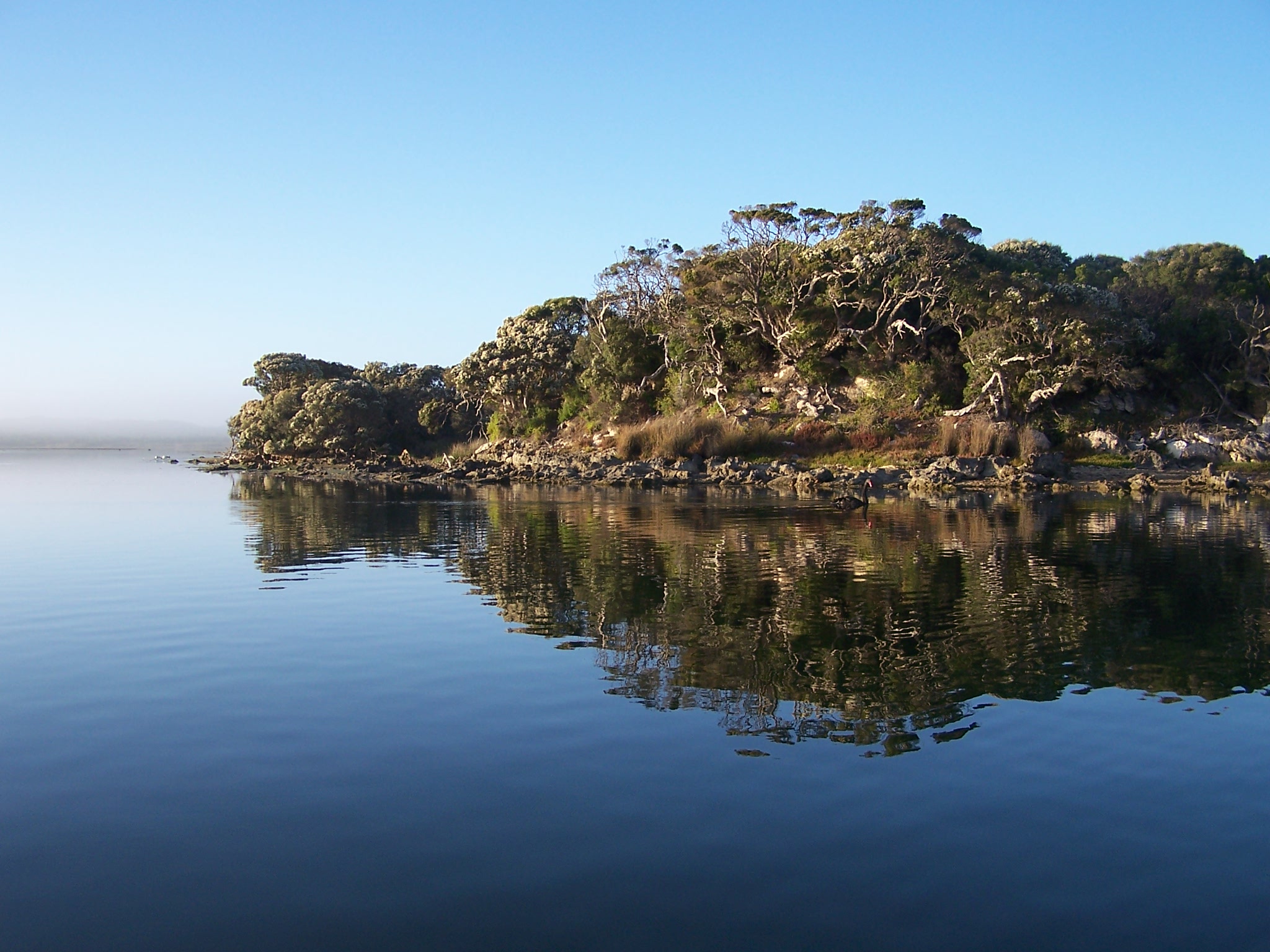
Back in 2021 when most of the State was in Covid lockdowns, there was the opportunity to take advantage of being in the regions – where limited outdoor activities could occur – and we could broadcast a livestream from the Glenelg Estuary at sunset for the Victorian Nature Festival.
How is the Glenelg Ramsar area managed?
Estuary and Discovery Bay Ramsar Management Plan (Glenelg RMP) guides the range of activities for the site.
The Glenelg RMP provides a focus for management strategies to protect site values and that support the unique ecological character of the area. Parks Victoria, as the Site Manager, will work on behalf of the Department of Energy, Environment and Climate Action (DEECA), the Crown Land Owner, through collaboration with Glenelg Hopkins Catchment Management Authority, the Ramsar Site Coordinator.
Together with other agencies (Gunditj Mirring TOAC, Southern Rural Water and Glenelg Shire Council) these agencies will implement management requirements for the Glenelg Ramsar site.
The Ramsar nomination has no effect on how people use the Parks and or how neighbouring property owners manage their adjoining private property.
What’s been going on in the Ramsar area?
Since the the creation of the Ramsar area, the Glenelg Hopkins CMA has worked closely with agencies to continue to improve the Glenelg Estuary and the range of values it supports, including public infrastructure and the ability of the community to be able to enjoy the social and environmental values of the area.
See some of what we have been up to with our management of the Ramsar area over the last four years 2020-2024.
In 2024 the Glenelg Hopkins CMA undertook a project to raise the level of Beach Road, the main access road along the wetland and esturine swamp areas of the lower Glenelg between the township of Nelson and a lookout over the Glenelg River mouth area.
The low-lying existing road was prone to flooding then when estuary filled as part of the natural process of the Glenelg River being an intermittently closed river mouth.
The road and its dated culverts inhibited water flow and fish passage around the wetland areas and contributed to community frustration around access.
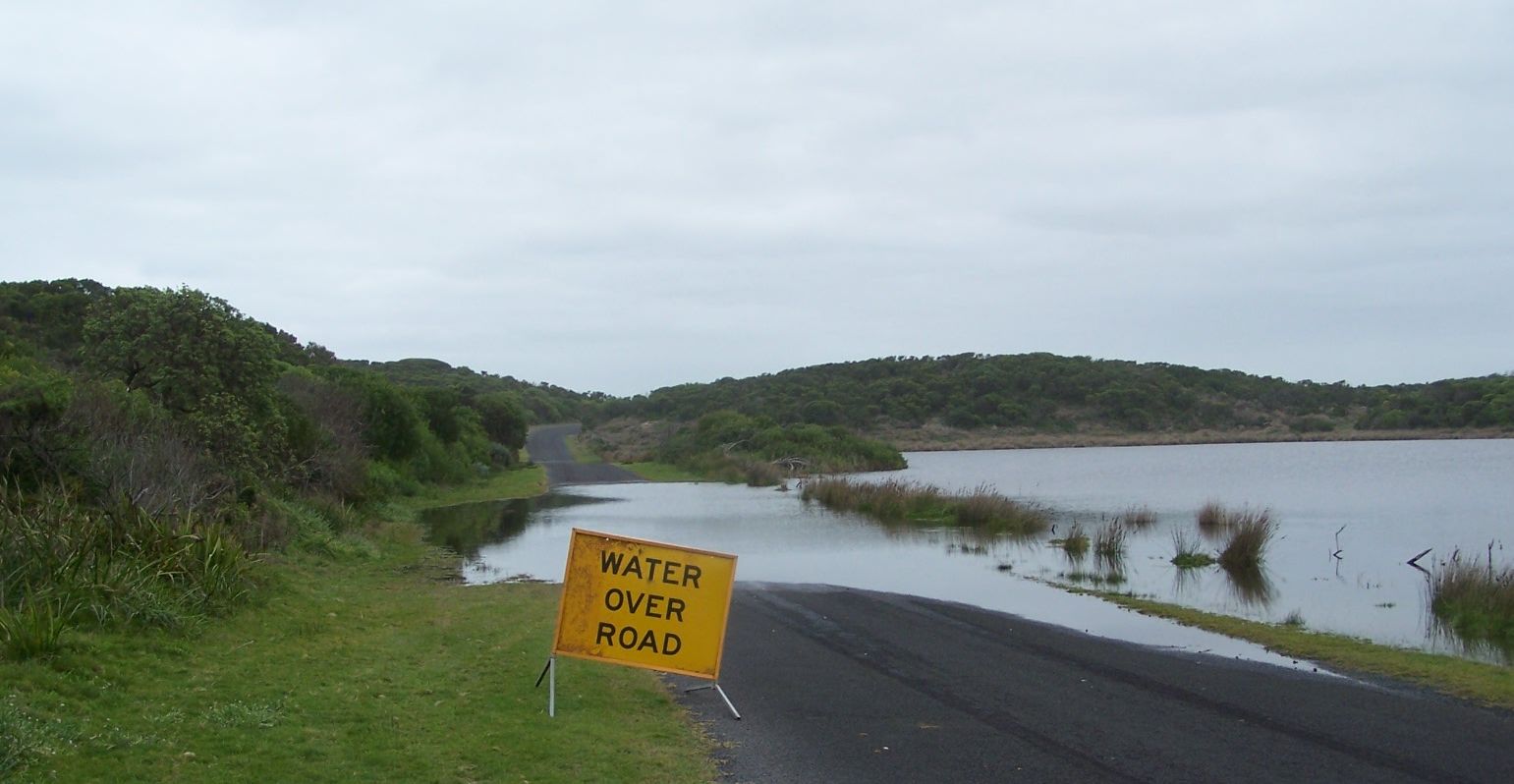
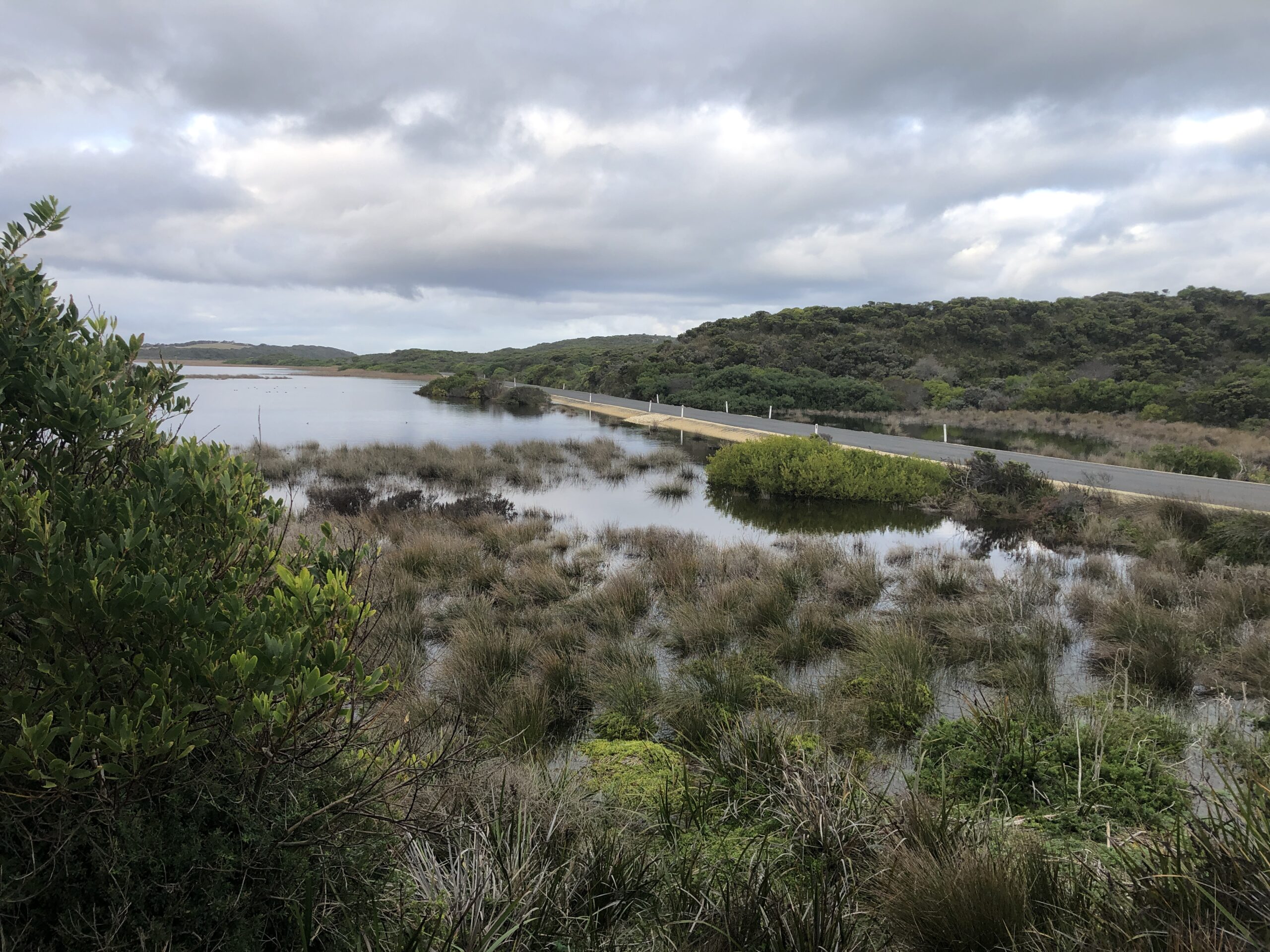
Fish friendly culverts were placed under the new road to allow for passed under the road as estuary levels fluctuated.
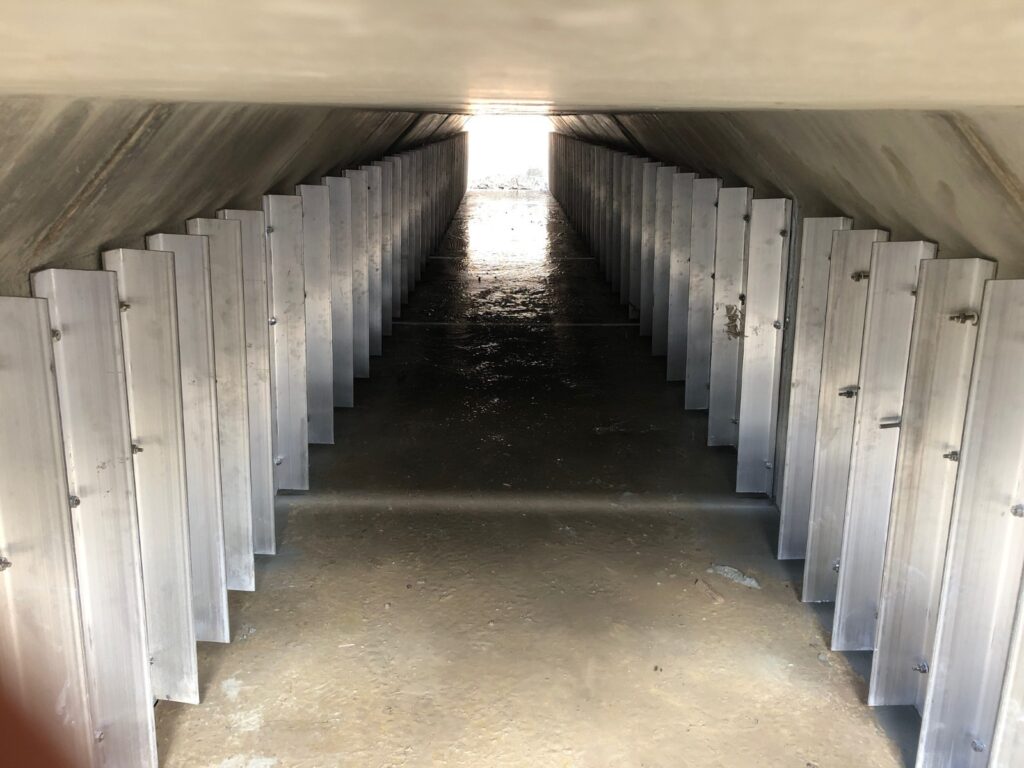
Glenelg Estuary and Discovery Bay wetland Complex – Ramsar nomination
What’s happened in the first 12 months of Ramsar?
Anniversary celebrations and community forum
As a celebration of the first 12 months of the Glenelg Estuary Discovery Bay area as a Ramsar-listed site a community forum was held in November 2019.
This event allowed environmental managers, Traditional Owners, environmental support organisations and others involved in the management of the area to update the community on what had been achieved and discovered in the preceding 12 months, and the plans going forward.
It included outcomes from monitoring projects, as well as discussing the impacts to the local economy, tourism the environment. One of the projects to be discussed will be the monitoring of the population of Tupong and the relationship to and wetland connectivity on improving numbers.
Other topics discussed included Nature Glenelg’s Trust management of Long Swamp restoration, endangered species research findings, as well as the importance of ecological literacy for future generations.
Find out more
All of the community forum presentations were recorded. You can watch the videos created from the presentations from that community forum below or on our YouTube channel
RAMSAR Site Coordinator
Glenelg Hopkins CMA
Contact
